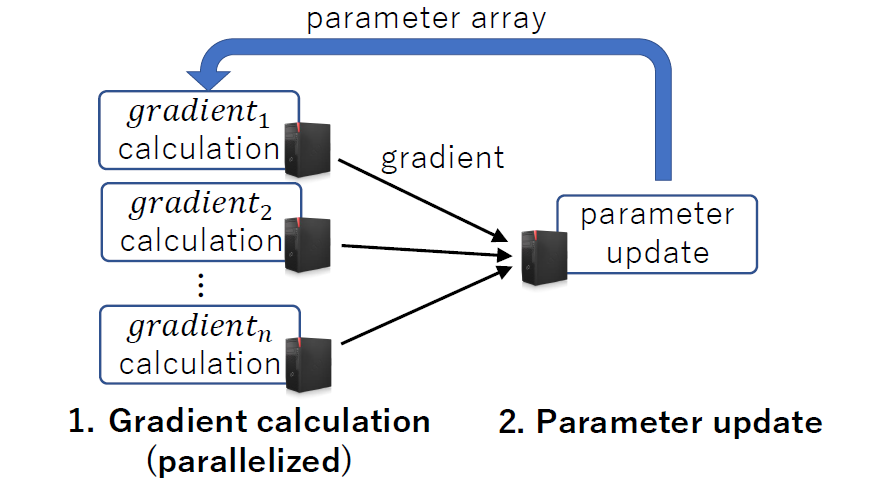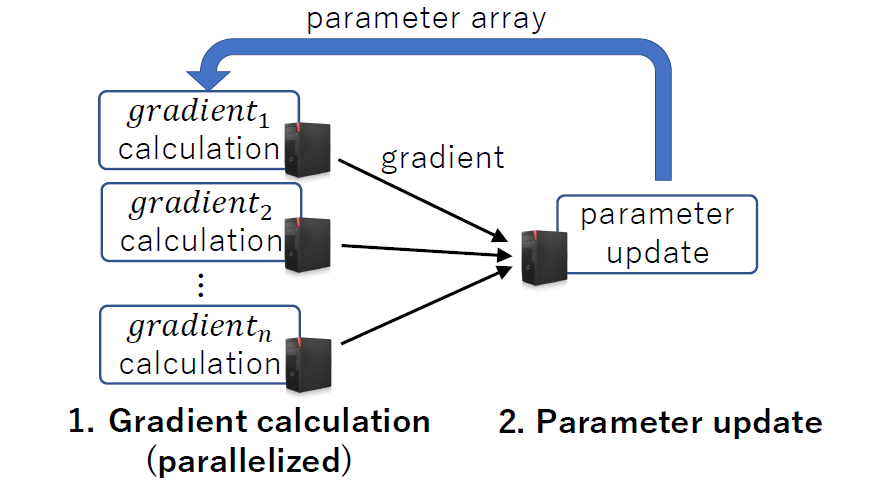

45-qubit VQE Simulator with Massively Parallel Gradient Calculation
Monday, May 13, 2024 3:00 PM to Wednesday, May 15, 2024 4:00 PM · 2 days 1 hr. (Europe/Berlin)
Foyer D-G - 2nd floor
Research Poster
Quantum Program Development and Optimization
Information
Poster is on display and will be presented at the poster pitch session.
Variational quantum eigensolver (VQE) is a hybrid quantum-classical algorithm. VQE can calculate the ground-state energy of a given molecular by iteratively executing a quantum circuit and modifying its parameters. Currently, VQE is often executed using quantum computer simulators. However, it is difficult even for simulators to handle large-scale quantum circuits because of explosive computational cost and memory usage. In this paper, we aim to execute VQE with over 40 qubits using a tensor network-based simulator with the Sequential Least Quadratic Programming (SLSQP). SLSQP optimizes the parameters of a quantum circuit so that the energy value calculated from the output of the quantum circuit is minimized. It first determines the base values of all parameters, and then calculate gradients by executing the quantum circuits while varying the parameters one by one from the base values. After that, the parameters are updated based on the gradients. Thus, the number of quantum circuit executions increases with more parameters, and the gradient calculation becomes a major bottleneck. Therefore, we propose a distributed parallel SLSQP that speeds up the gradient calculation. It calculates gradients by executing multiple quantum circuits on multiple nodes. For evaluation, we target the BeH2 molecule within the cc-pVDZ basis set, which requires 45-qubit quantum circuits with 368 parameters. We use Qiskit and implement the distributed parallel SLSQP based on Scipy. Our evaluation demonstrates that our parallel gradient calculation scales well with up to 64 nodes, and the update of 368 parameters finishes in around one hour with 64 nodes.
Contributors:
Variational quantum eigensolver (VQE) is a hybrid quantum-classical algorithm. VQE can calculate the ground-state energy of a given molecular by iteratively executing a quantum circuit and modifying its parameters. Currently, VQE is often executed using quantum computer simulators. However, it is difficult even for simulators to handle large-scale quantum circuits because of explosive computational cost and memory usage. In this paper, we aim to execute VQE with over 40 qubits using a tensor network-based simulator with the Sequential Least Quadratic Programming (SLSQP). SLSQP optimizes the parameters of a quantum circuit so that the energy value calculated from the output of the quantum circuit is minimized. It first determines the base values of all parameters, and then calculate gradients by executing the quantum circuits while varying the parameters one by one from the base values. After that, the parameters are updated based on the gradients. Thus, the number of quantum circuit executions increases with more parameters, and the gradient calculation becomes a major bottleneck. Therefore, we propose a distributed parallel SLSQP that speeds up the gradient calculation. It calculates gradients by executing multiple quantum circuits on multiple nodes. For evaluation, we target the BeH2 molecule within the cc-pVDZ basis set, which requires 45-qubit quantum circuits with 368 parameters. We use Qiskit and implement the distributed parallel SLSQP based on Scipy. Our evaluation demonstrates that our parallel gradient calculation scales well with up to 64 nodes, and the update of 368 parameters finishes in around one hour with 64 nodes.
Contributors:
Format
On-site


